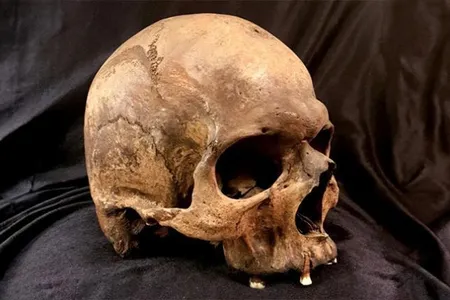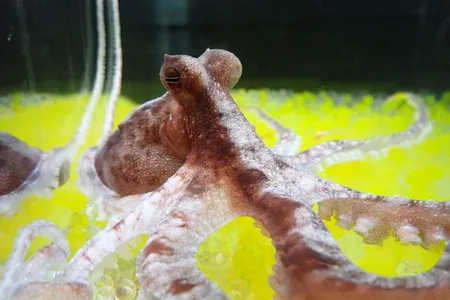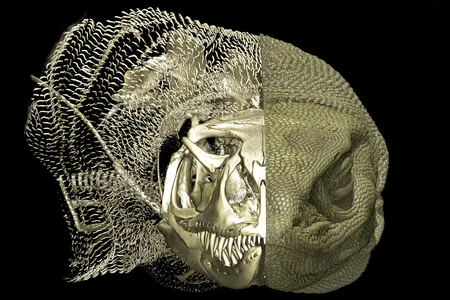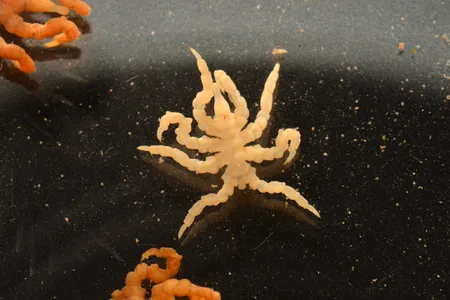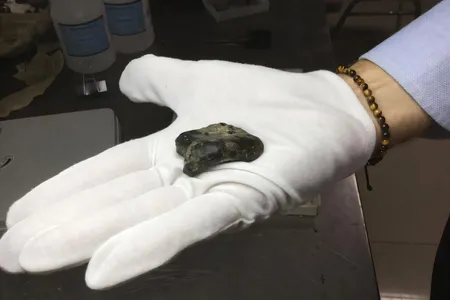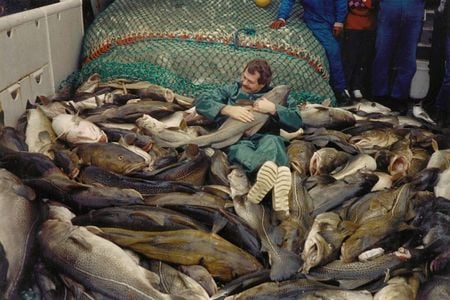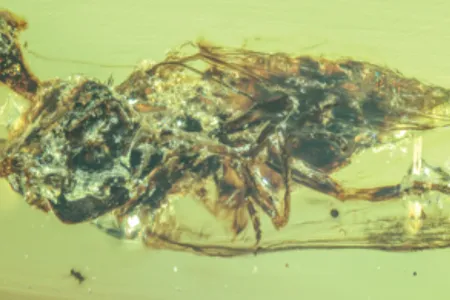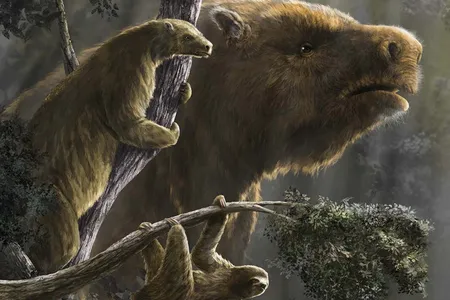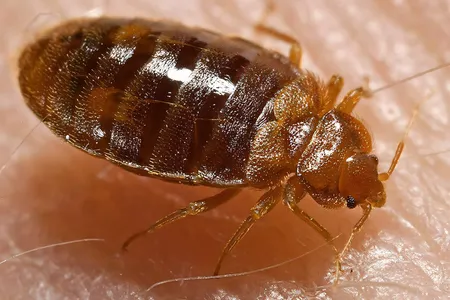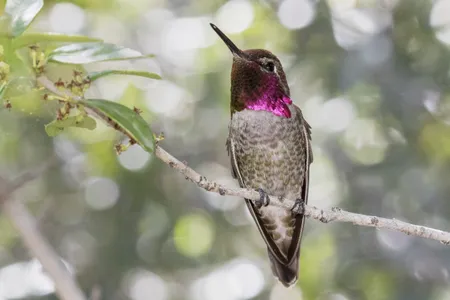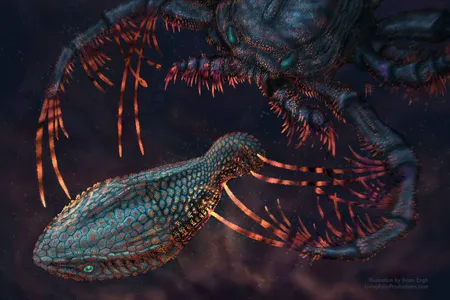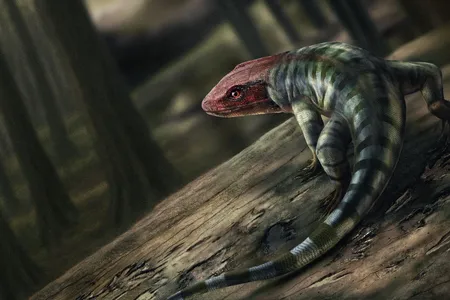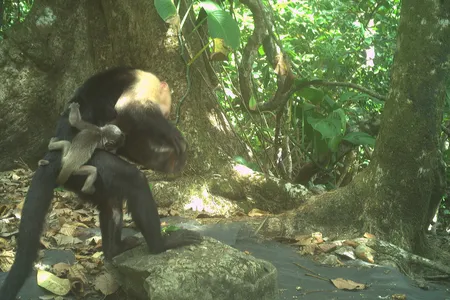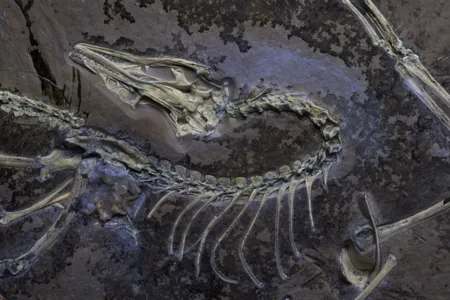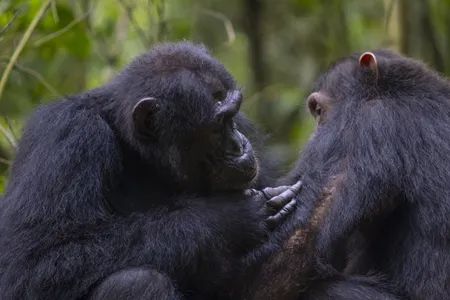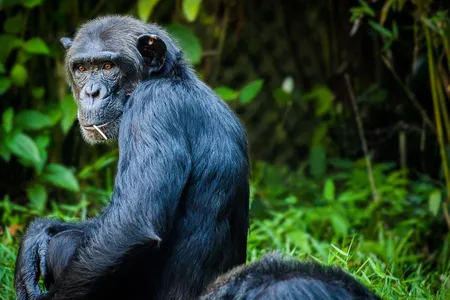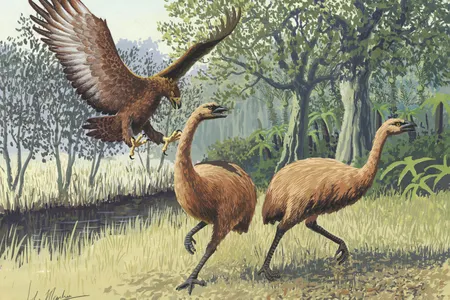With Ancient DNA, Scientists Have Mapped 37,000 Years of Disease Across Europe and Asia
Zoonoses—diseases that spread from animals to humans—began to gain prevalence some 6,500 years ago with the rise of animal husbandry, a new study suggests
Octopuses Fall for the Rubber Hand Illusion, Just Like Humans, Pointing to a Sense of Body Ownership
The trick that plays with awareness of one’s own limb appeared to fool all six of the cephalopods tested in a series of experiments
These Odd Bony Structures Were Hiding Beneath the Skin of Far More Lizards Than Thought, Researchers Find
Called osteoderms, the chain mail-like plates may have helped some species adapt to Australia’s harsh environment
These ‘Weird’ Sea Spiders Don’t Have Abdomens—and Instead Store Organs in Their Legs. With DNA, Scientists Are Learning Why
Researchers sequenced the knotty sea spider’s genome for the first time, revealing a missing gene that many other animals have
Something Strange Is Happening to Tomatoes Growing on the Galápagos Islands
Scientists say wild tomato plants on the archipelago’s western islands are experiencing “reverse evolution” and reverting back to ancestral traits
A Massive Underwater Fossil Find Includes Remains From Ancient Human Ancestors
More than 6,000 animal fossils were found in Indonesia, and two of them belong to Homo erectus
These Cod Have Been Shrinking Dramatically for Decades. Now, Scientists Say They’ve Solved the Mystery
Eastern Baltic cod grow to much smaller sizes than they did just 30 years ago, because overfishing altered their genes, according to new research
Rare Amber Fossils Capture ‘Zombie’ Fungus Infecting Insects During a Time When Dinosaurs Still Walked the Earth
An ant and fly from the Cretaceous period offer insights into the history of Ophiocordyceps, the fungal parasite made popular by HBO’s “The Last of Us”
After Crocs and Lemurs Went Extinct on the Mainland, Many Survived on Islands for Millions of Years
Isolation allows creatures to thrive as their relatives perish due to the threats present on much larger landmasses
Giant Sloths the Size of Elephants Once Walked Along the Ground. Here’s How the Massive Animals Evolved and Declined
Researchers analyzed fossils and DNA to get a big-picture view of sloth evolution and determine what drove their immense size variation
Bedbugs Could Have Been the First Urban Pest to Plague Human Cities, New Study Suggests
Scientists examined the genomes of two bedbug lineages to trace how their population sizes have changed over time
California’s Hummingbirds Have Changed Their Beaks in Response to Backyard Feeders, Study Finds
With plenty of artificial nectar available, Anna’s hummingbirds have expanded their range northward and their beaks have tended to become longer and larger
Our Teeth May Descend From Sensitive Bumps on Prehistoric Fish Armor, New Research Finds
Hundreds of millions of years ago, fish had sensory features on their exoskeletons that contained dentine, the material that makes our teeth sensitive today
A Century Ago, a High School Teacher From a Small Tennessee Town Ignited a National Debate Over Human Evolution
The Scopes “monkey trial” garnered international attention, and the battle that was fought continues in some form in other states today
Fossil Hunters Discover Earliest Known Footprints of a Reptile-Like Creature, Pushing Back the Timeline of Their Evolution
A new study suggests two fossil trackways found in Australia were made by an early amniote, a group that today includes reptiles, birds and mammals
Capuchin Monkeys Caught on Camera ‘Abducting’ Baby Howler Monkeys in a Strange Tradition Seen for the First Time
Scientists on Panama’s Jicarón Island were mystified by photos and videos of young male capuchins carrying howler monkeys on their backs for days at a time
The Famous, Feathered Dinosaur Archaeopteryx Could Fly, Suggests New Study of a ‘Beautifully Preserved’ Fossil
The Chicago Archaeopteryx features more soft tissue and delicate skeletal details than any known fossil of its kind, and paleontologists discovered it has a set of feathers key to flight in modern birds
Chimpanzees Perform First Aid on Each Other, Study Finds, and It May Shed Light on the Evolution of Human Health Care
Researchers describe cases of chimps tending to others’ wounds, as well as a chimp that freed another from a snare
Researchers Discover That Chimps Drum Rhythmically, Suggesting Human Musicality Originated in Our Last Common Ancestor
Not only do chimpanzees maintain a rhythm while drumming on tree roots, but two subspecies use distinct tempos and techniques, according to a new study
Why Have Birds Never Gotten as Big as T. Rex?
Even the most massive birds have never reached the sizes of their dinosaur relatives
Page 1 of 44
